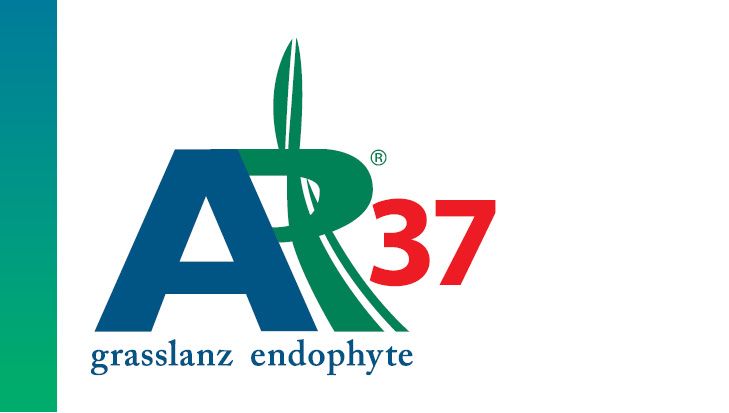Get in Touch
Contact Us
National team

Find Your Local Sales Agronomist
How an endophyte protects your pasture: An endophyte is a fungus found naturally in many grass species, including ryegrass. It provides the plant with protection from insects, and in return the plant provides the endophyte with a place to live and reproduce.
For important information on insect control and animal safety from NZPBRA (2024), see here.
Pests controlled: Argentine Stem Weevil Larvae, Pasture Mealy Bug, Adult Black Beetle and Root Aphid.
Available in: Base, Reason,Three60, Vast, One50, Legion# and Platform# perennial ryegrass and, Mohaka hybrid ryegrass.
Suitable for: Beef, sheep and dairy
To date AR37 has been trialled with sheep and cattle exclusively. Other classes including horses should not consume forage containing AR37 endophyte.

Limitations of ryegrass with AR37 endophyte: AR37 varieties should not be used or fed to any other classes of stock other than sheep, beef and dairy (eg. grazing horses/monogastrics)
Available in: Reward diploid perennial ryegrass
Suitable for: Beef, sheep and dairy
Pests controlled: Black Beetle, Argentine Stem Weevil Larvae, Root Aphid (moderate control) and Pasture Mealy Bug. (Comparatively, AR37 has demonstrated stronger protection from pests and insects).
Limitations of ryegrass with Endo5 endophyte: May produce lower animal performance levels over summer/autumn compared to ryegrass cultivars containing AR1 or nil endophyte.
Pests controlled: Argentine Stem Weevil and Pasture Mealy Bug
Available with: Platform#, Three60 and Reason perennial ryegrass
Suitable for: Beef, sheep, dairy, deer, horse.
Pests controlled: African Black Beetle, Agrentine Stem Weevil, Root Aphid and limited control of Field Cricket
Available in: Quantica and Hummer tall fescue
Suitable for: Beef, sheep and dairy.
It is important to choose the right endophyte for your operation. Some endophyte strains provide better insect protection but there may also be some impact on animal health. If you need a little extra know how, contact us here.